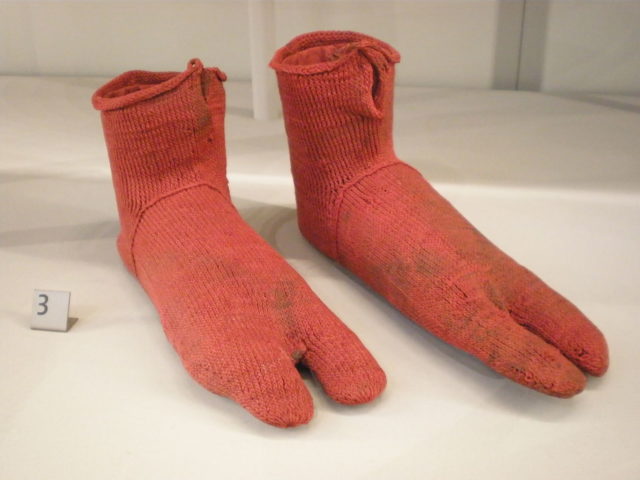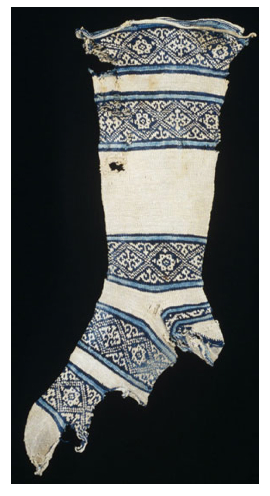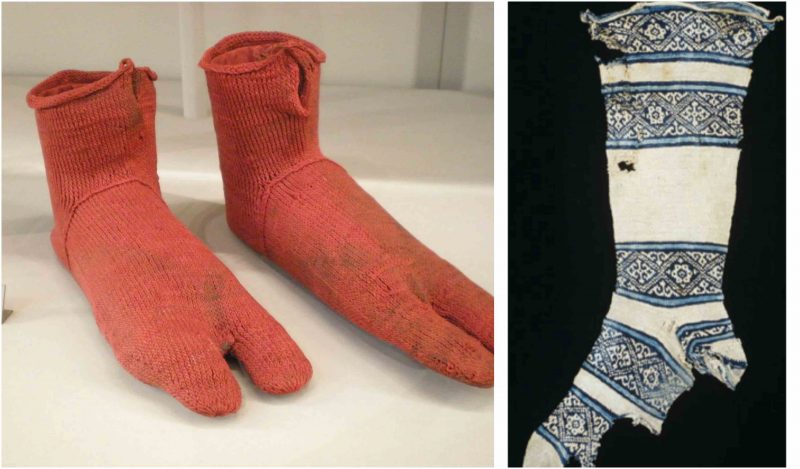We always get excited when we stumble upon a riveting fact about some random object of convenience. So, in today’s episode of “the past life of ordinary objects,” we are going to talk about socks.
Socks have come a long way and dramatically evolved over the centuries. The earliest models of socks were made from animals skins gathered up and tied around the ankles.
The oldest known surviving pair of socks was discovered in Oxyrhynchus on the Nile in Egypt. They date back to 300-500 CE and were created by needle-binding.

Ancient Greeks in the 8th century BC made their socks from matted animal hair to warm their feet. In Ancient Rome, they would wrap their feet with animal leather or woven fabrics.
While Ancient Greeks and Romans used socks for functional purposes, in the 5th Century AD socks become known as puttees and were usually worn only by “holy” people to symbolize purity.

It was not until 1000 AD when socks became a prominent object in everyday life and a symbol of wealth among the nobility.
With the invention of the knitting machine in 1589, socks were knitted six times faster than by hand. In 1938, the introduction of nylon meant a new revolution in sock production.
Today in the 21st century, socks can be found for any kind of need, purpose, or style; the only thing that remains a struggle is to keep one pair of socks complete.
